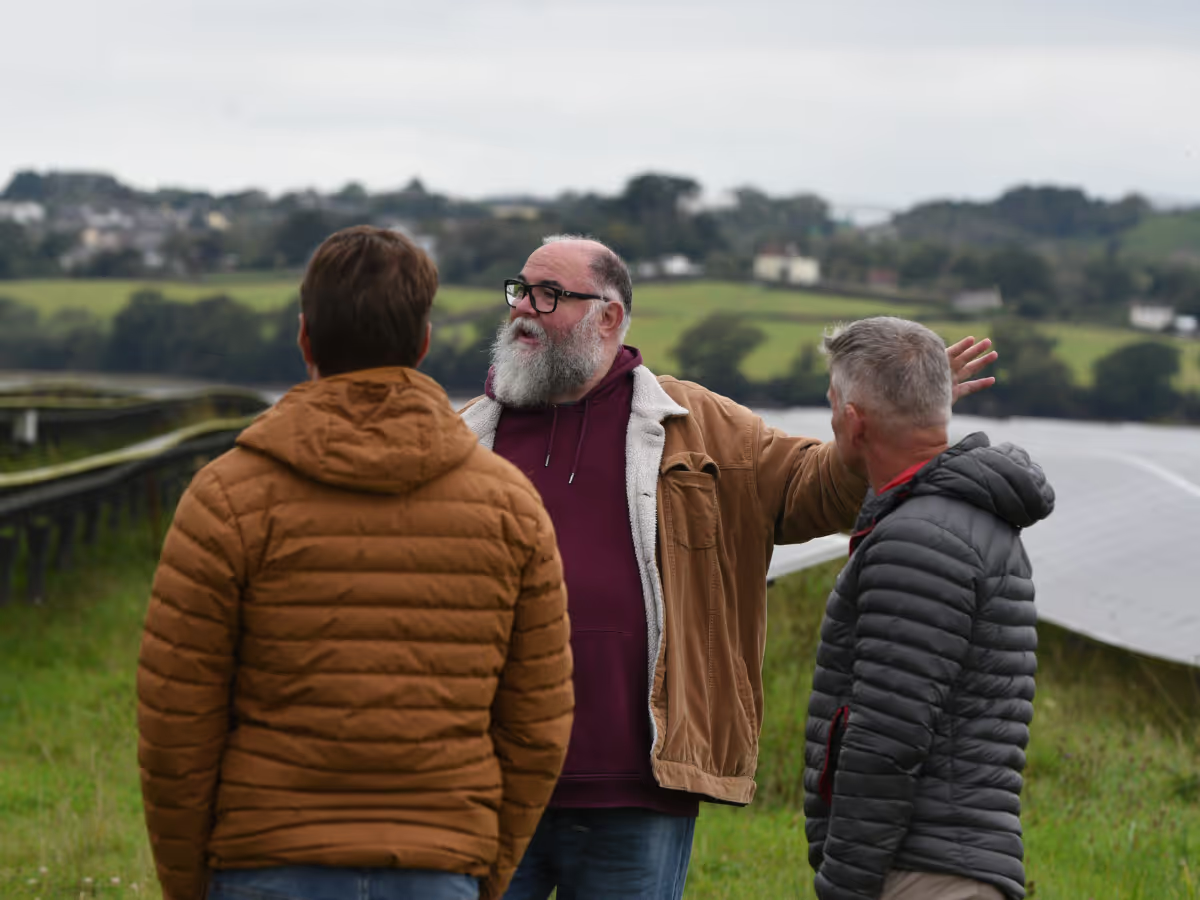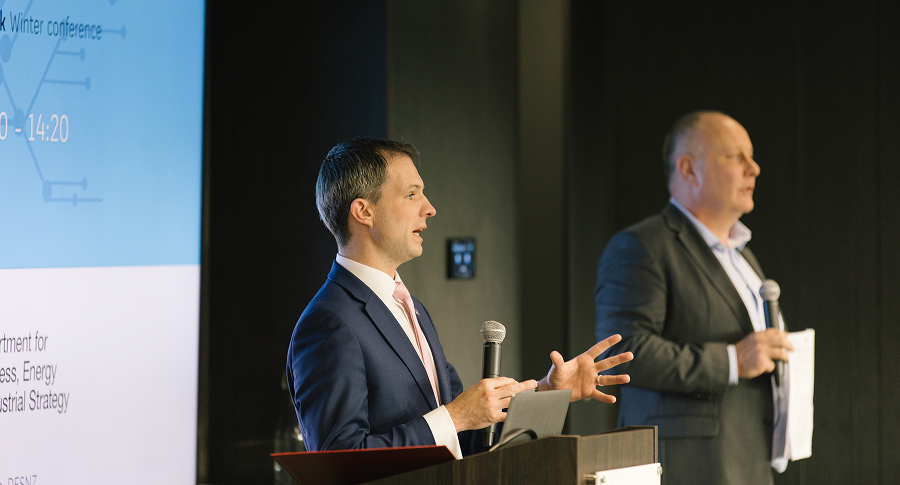At a glance
Regen delivered research for Scottish Government on the role of local and community energy for a just transition in Scotland. Our work highlighted that local and community energy has the potential to unlock significant social and economic value for communities and places. However, history has shown us that energy transitions, such as the current shift to more local and community-based approaches, tend to exacerbate social inequalities. Those who could most benefit are often excluded from participating because their perspectives and needs are not adequately addressed.
To make sure our recommendations to Scottish Government included insights from voices that are typically unheard, we convened a People's Panel on local and community energy. Twenty-two people from across Scotland took part, including from lower-income areas, people with disabilities, particularly those with mobility issues or additional energy needs in the home, people from ethnic minority and migrant backgrounds and those living in the private rented sector.
How to leverage local and community energy for a just transition in Scotland
Local and community energy projects can create serious value for local places. Such projects allow for social and economic benefits from clean energy to be captured in local areas, with solutions tailored to local need and the Scottish Government’s draft Energy Strategy and Just Transition Plan emphasises their importance in supporting Scotland’s net zero and just transition ambitions.
Our report for ClimateXChange examines how those projects can help deliver against these ambitions within devolved Scottish powers. Through deep literature review, stakeholder engagement and working with citizens directly, it finds that local and community energy can deliver against all of Scotland’s critical just transition outcomes. At this level, there is scope to better involve excluded groups within the energy transition, support public and community ownership, and steward the benefits of net zero to citizens and communities directly.
Innovations such as smart local energy systems, community-led retrofit and local energy planning (LHEES in Scotland, but also the shift towards regional strategic and local energy planning) also present new opportunities to accelerate ownership, investment and delivery of local and community energy systems on a wider scale. This is in addition to the shared ownership opportunities from ever-expanding on- and offshore wind developments.
Scotland has long backed local and community-owned energy, with an aim to deliver 2GW by 2030 (currently at 908MW). However, key challenges remain to fully unlocking the potential of local and community energy for a just transition in Scotland. These include but are not limited to:
- Limited resources to build capacity for local and community energy in under-served areas.
- Ambiguity on existing local and community energy targets, with a need to outline specific targets for community and publicly owned projects.
- Capacity and funding gaps, particularly in local authorities and community organisations.
- Barriers to engagement and participation for specific groups within local and community energy projects and processes.
- Need for sustainable funding and business models that support just transition outcomes.
People's Panel
Over four evenings in May 2023, our panel helped us answer the question:
The way we use energy in our homes and communities is changing, with many communities and councils developing their own solutions. How should this be done so that it involves and benefits people in a fair way?
The panel heard from a range of experts about how the energy system is changing, and the different types of local and community energy solutions being developed. They then worked together to develop and deliberate 20 principles for ensuring that local and community energy policies involve and benefit people in a fair way.
The insights also fed into a report to Scottish Government, which made six high-level recommendations and 19 evidence-based recommendations for unlocking local and community energy in Scotland.














